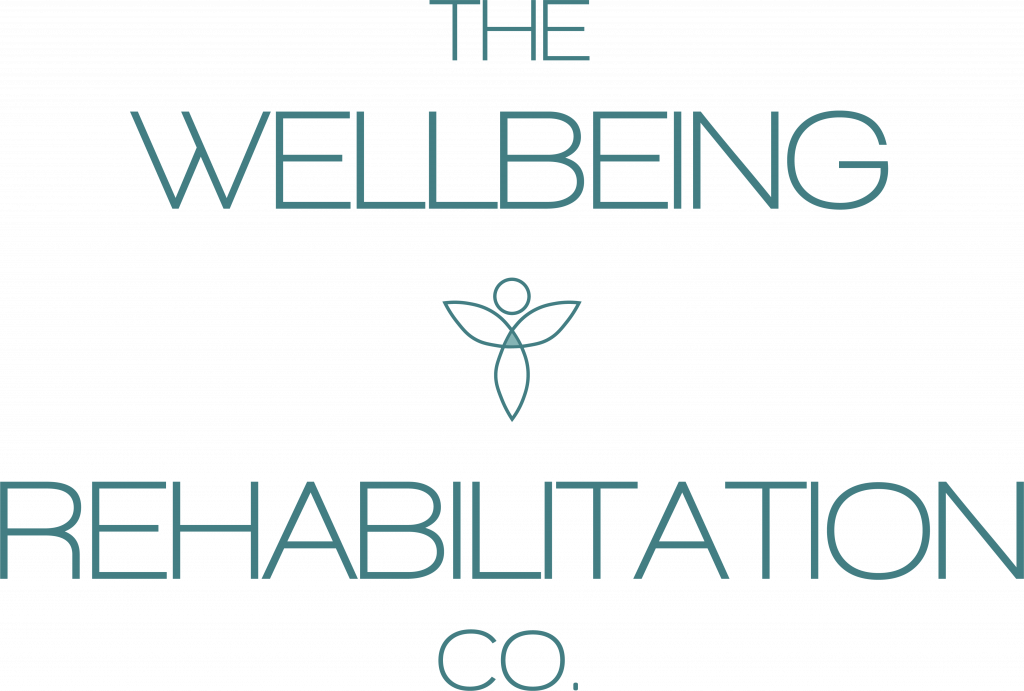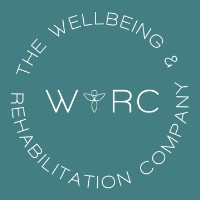
Is It Soreness or an Injury? How to Tell the Difference
If you have ever pushed yourself in a workout or gone for a longer run than usual, you have probably felt sore the next day. But when does that soreness cross the line into an injury? Understanding the difference is crucial for recovery and avoiding long-term issues.

What Is Muscle Soreness?
Muscle soreness, or Delayed Onset Muscle Soreness, is a normal response to exercise, especially if you have increased intensity, duration, or tried a new activity. It is caused by microscopic damage to muscle fibres, leading to inflammation and stiffness. This is actually part of the muscle adaptation process, helping you get stronger over time.
Signs of Delayed Onset Muscle Soreness:
- Starts twelve to twenty-four hours after exercise, peaking around forty-eight hours
- Feels like a dull, aching stiffness in the muscles used
- Improves with light movement and gentle stretching
- Resolves within three to five days without treatment
How to Relieve Soreness
Ways to ease soreness include:
- Gentle movement – Walking or light stretching can prevent stiffness from worsening
- Hydration and nutrition – Protein and anti-inflammatory foods support muscle repair
- Massage therapy – Helps increase circulation, reducing tightness and stiffness
- Cold or heat therapy – Ice packs reduce inflammation, while heat relaxes tight muscles
What Is an Injury?
An injury, on the other hand, is actual damage to muscles, tendons, ligaments, or joints. Unlike soreness, an injury will not improve with movement and can get worse if ignored. Injuries often result from overuse, poor biomechanics, or sudden trauma, such as twisting an ankle or overstretching a muscle.
Signs You May Be Injured:
- Pain starts during or immediately after activity
- Swelling, bruising, or warmth around the area
- Sharp, stabbing, or persistent pain that does not ease with rest
- Weakness, instability, or difficulty bearing weight
- Pain lasting more than five to seven days
What to Do if You Think You Are Injured
If you suspect an injury, early intervention is essential to prevent further damage. The key steps to follow initially are:
- Rest: Avoid aggravating the injury by resting the affected area. But this doesn’t mean complete immobilisation—gentle movement, if tolerable, can sometimes help.
- Ice: Apply ice to reduce swelling and pain in the first 48 hours after the injury.
- Compression: A compression bandage may help reduce swelling.
- Elevation: Elevate the affected area, especially if it’s a lower limb injury, to help decrease fluid buildup.
Seek professional advice – If the pain persists, worsens, or you are unsure whether it is just soreness or an injury, it is important to seek professional help. A physiotherapist can assess the injury, provide hands-on treatment like massage or mobilisation, and create a recovery plan.
When to Get Physiotherapy or Massage
- Physiotherapy is best for injuries, ongoing pain, or movement restrictions. Treatment may include manual therapy, rehabilitation exercises, and biomechanical assessments.
- Massage therapy is excellent for soreness, muscle tension, and recovery after intense training. It can also complement physiotherapy by improving circulation and mobility.
Ignoring an injury can lead to chronic pain or long-term issues, so if pain is not easing, booking a physiotherapy appointment sooner rather than later is recommended.
Final Thoughts
Soreness is a sign that muscles are adapting, while an injury is a signal that something is wrong. If there is any uncertainty, it is always best to seek advice from a physiotherapist. Whether it is expert hands-on treatment or a recovery massage, professional care can help maintain a pain-free and high-performing body.
Are You Experiencing Pain or Need Support with Post-Exercise Recovery?
Do not let discomfort or stiffness keep you from enjoying life. At Wellbeing Rehab, our experienced team is here to support your recovery and help you feel your best. Whether you are managing an injury, dealing with everyday aches, or needing effective post-exercise recovery, we provide personalised physiotherapy and massage treatments to meet your needs.
Book your physiotherapy or massage session today and take the first step towards:
Relieving pain and reducing inflammation
Improving your movement and flexibility
Supporting your body’s natural healing process
Getting back to the activities you enjoy with greater comfort and ease
You deserve to feel strong, mobile, and pain-free. Let Wellbeing Rehab guide you on your journey to better health.
Appointments are available now — contact us to secure your session and start your path to recovery.
Call us on: 0161 676 0341
Email us at: info@wellbeing-rehab.co.uk

Specialist providers of clinical and wellbeing services designed to meet your individual health needs.